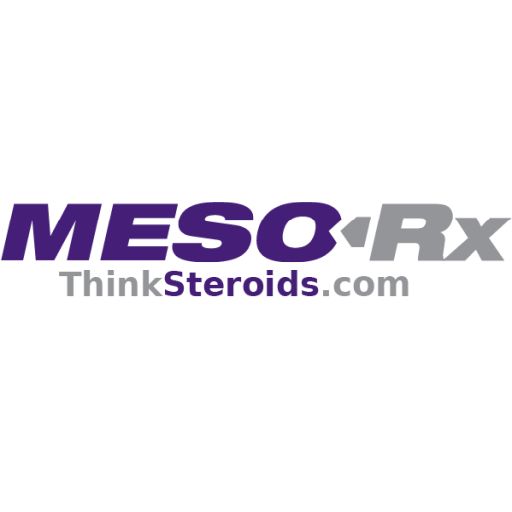Skogastierna C, Hotzen M, Rane A, Ekstrom L. A supraphysiological dose of testosterone induces nitric oxide production and oxidative stress. Eur J Prev Cardiol. A supraphysiological dose of testosterone induces nitric oxide production and oxidative stress
Background - Accumulating evidence indicates that abuse of anabolic androgenic steroids may cause cardiovascular adverse side-effects, including endothelial dysfunction. The aim of the present study was to investigate the effects of supra-physiological doses of testosterone on the endothelial production of nitric oxide (NO) and oxidative stress in vitro and in vivo.
Methods - Testosterone enanthate was administrated as of a single 500 mg dose to healthy volunteers (N = 27). Gene expression was studied in human vascular endothelial cells exposed to testosterone.
Results - The in vivo results show that the urinary NO level and the antioxidative capacity were significantly decreased two days after testosterone administration. In agreement, our in vitro studies show that testosterone inhibits the gene expression of endothelial NO synthase (eNOS) after 48 hours. When the antioxidant seleno-L-methionine was added, the down-regulation of mRNA specific eNOS was partly abrogated. The mRNA expression of antioxidizing enzyme genes was significantly inhibited after eight hours and recovered 48 hours after testosterone treatment of endothelial cells.
Conclusion - These results show that a supraphysiological dose of testosterone decreases the expression of eNOS and consequently the formation of NO, which could partly be explained by oxidative stress. These results indicate that supraphysiological doses of testosterone may induce endothelial dysfunction, which is of interest in relation to the cardiovascular adverse side-effects observed in anabolic androgenic steroid abusers.
 thinksteroids.com
thinksteroids.com
 thinksteroids.com
thinksteroids.com

